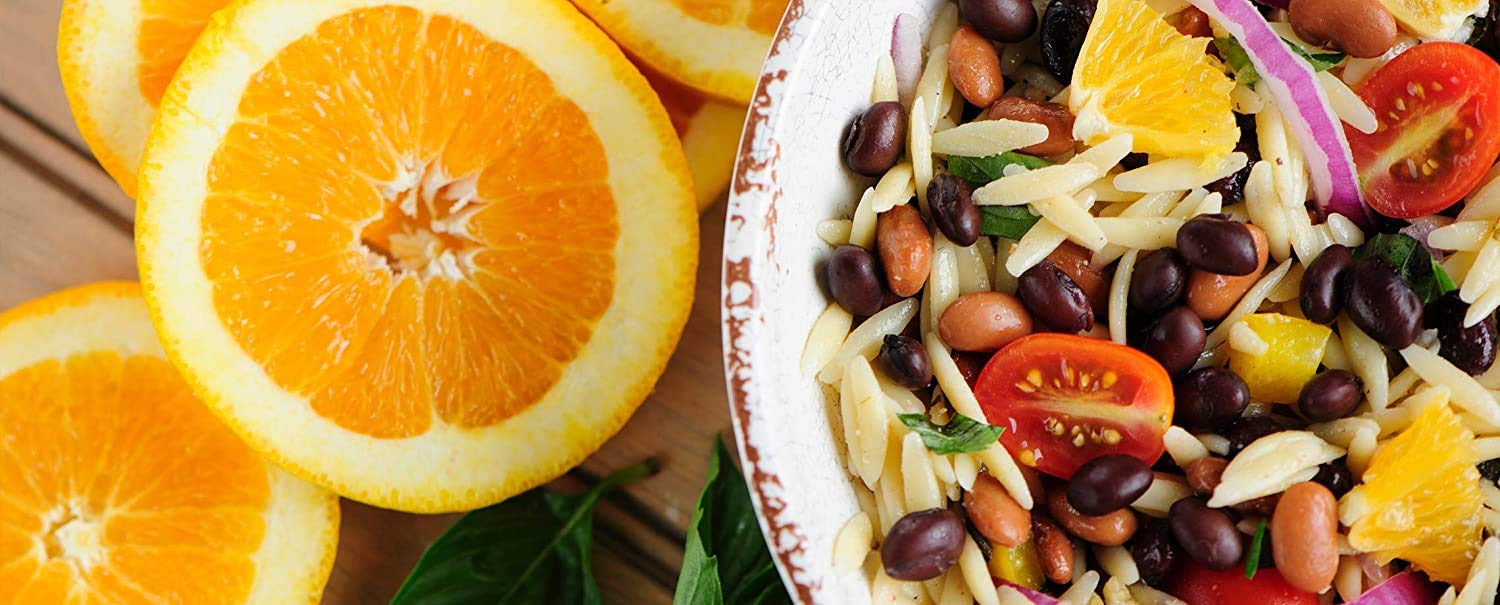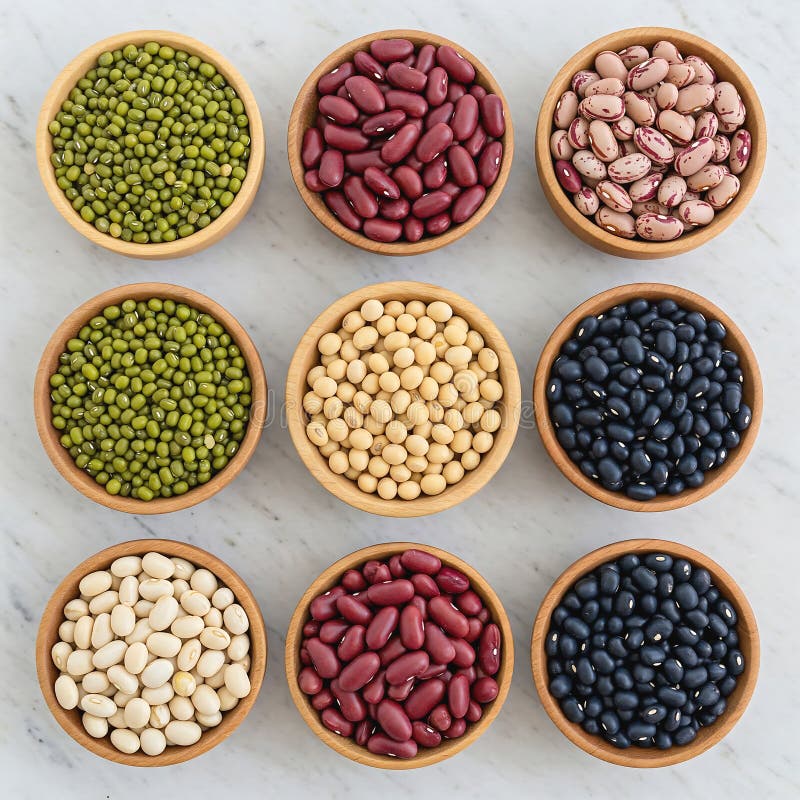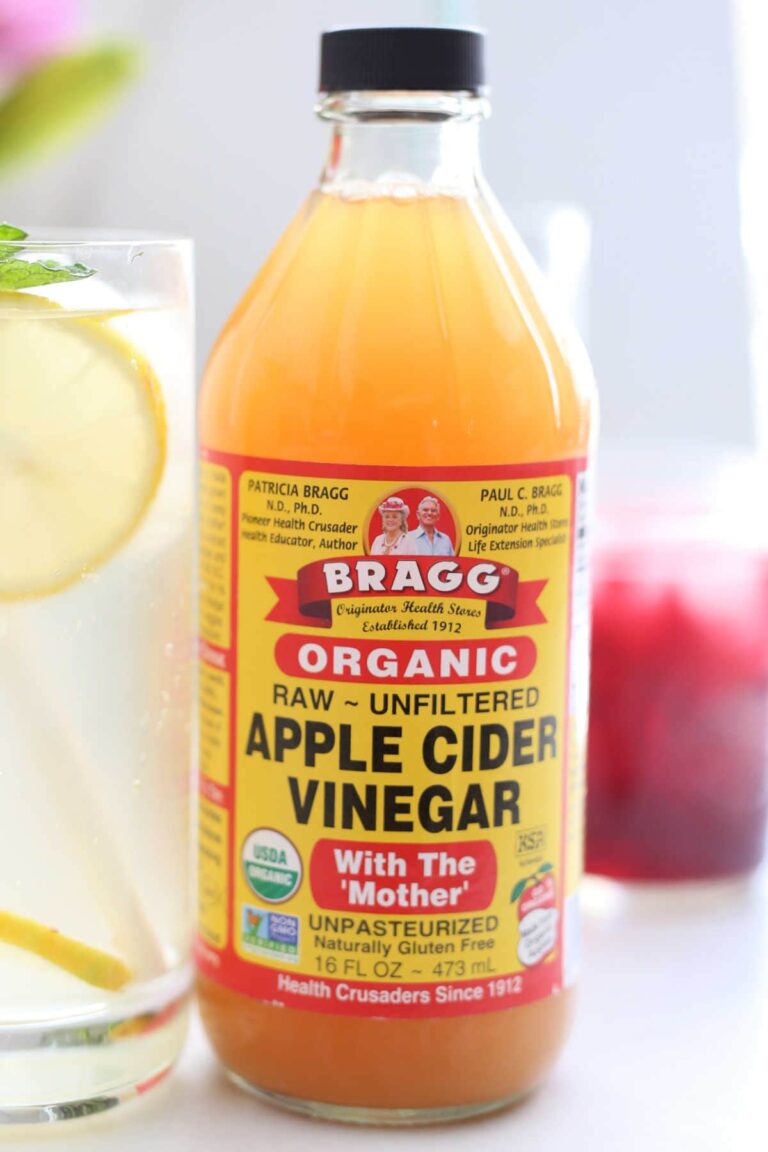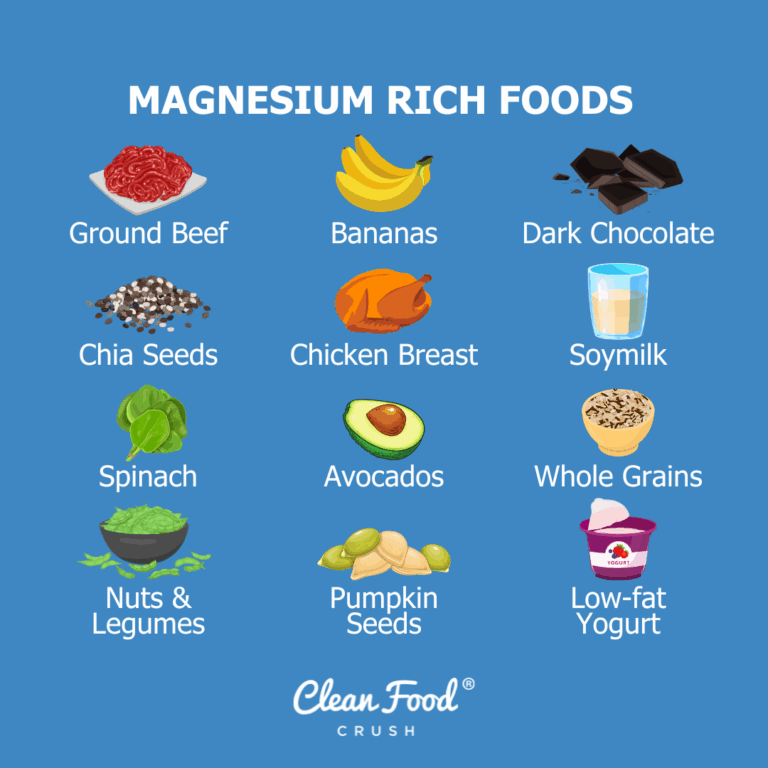The Humble Titan: A Culinary and Nutritional Odyssey Through the World of Beans
In the vast tapestry of human sustenance, few ingredients hold as much unassuming power and profound versatility as the humble bean. Often relegated to the periphery, a mere sidekick to more glamorous proteins or starches, the bean, in its myriad forms, is in fact a titan – a nutritional powerhouse, a culinary chameleon, and a silent protagonist in the story of global gastronomy. For the discerning palate and the health-conscious mind, understanding the intricate world of beans is not just about choosing an ingredient; it’s about unlocking a universe of flavor, texture, and unparalleled nutritional benefits, particularly in maximizing fiber and protein in our daily diets.
This is not merely a guide; it is an exploration, a narrative journey into the heart of what makes legumes so indispensable. We will delve beyond surface-level recommendations, dissecting the unique characteristics of various beans, their historical and cultural significance, and the precise ways to coax out their best in soups, salads, and sides. For the knowledgeable audience, already aware of the bean’s general goodness, we aim to provide a deeper understanding, a more nuanced appreciation, and practical insights that elevate their culinary endeavors.
The Nutritional Core: Why Beans Reign Supreme
Before we embark on our varietal tour, let’s reaffirm the foundational truth: beans are nutritional superheroes. They are a cornerstone of plant-based diets, but their benefits extend to every eating philosophy.
Fiber: The Gut’s Best Friend: Beans are champions of dietary fiber, offering both soluble and insoluble types. Soluble fiber, famously found in oats, also abounds in beans, forming a gel-like substance in the digestive tract. This gel slows digestion, leading to prolonged satiety – a critical factor in weight management. More importantly, soluble fiber helps regulate blood sugar levels by blunting the absorption of glucose, making beans an excellent choice for individuals managing diabetes or seeking stable energy. Insoluble fiber, on the other hand, acts as roughage, promoting regular bowel movements and contributing to overall gut health by feeding beneficial gut bacteria. This symbiotic relationship between beans and our microbiome is a burgeoning area of scientific interest, linking bean consumption to improved immunity, reduced inflammation, and even mood regulation.
Protein: The Plant-Based Muscle Builder: Often dubbed "poor man’s meat," beans are an exceptional source of plant-based protein. While individual beans might not contain all nine essential amino acids in perfectly balanced ratios, they are rich in lysine, an amino acid often limited in grains. When paired with grains (like rice) or nuts/seeds, beans create a "complete protein" profile, mirroring the amino acid spectrum found in animal proteins. This makes them invaluable for vegetarians, vegans, and anyone seeking to reduce their reliance on animal products without compromising muscle synthesis or repair. A single cup of cooked beans can provide anywhere from 12-18 grams of protein, a significant contribution to daily requirements.
Beyond Fiber and Protein: A Micronutrient Powerhouse: The nutritional narrative of beans extends far beyond these two pillars. They are packed with essential micronutrients:
- Folate (Vitamin B9): Crucial for cell growth and function, particularly important during pregnancy.
- Iron: A vital component of hemoglobin, essential for oxygen transport. Plant-based iron (non-heme) is absorbed more efficiently when paired with Vitamin C.
- Magnesium: Involved in over 300 biochemical reactions in the body, including muscle and nerve function, blood glucose control, and blood pressure regulation.
- Potassium: An electrolyte vital for maintaining fluid balance and healthy blood pressure.
- Zinc: Important for immune function, wound healing, and DNA synthesis.
- Phytonutrients and Antioxidants: Many beans, especially darker varieties like black beans and kidney beans, are rich in anthocyanins and other phenolic compounds that combat oxidative stress and inflammation.
Resistant Starch: The Unsung Hero: Beans also contain resistant starch, a type of carbohydrate that resists digestion in the small intestine and ferments in the large intestine. Similar to fiber, resistant starch acts as a prebiotic, fueling beneficial gut bacteria. This fermentation produces short-chain fatty acids (SCFAs) like butyrate, which are crucial for colon health and may play a role in preventing colorectal cancer.
With this robust nutritional foundation established, let us now embark on our culinary expedition, exploring the finest beans for every dish.
The Bean Pantheon: Tailoring Choices for Culinary Perfection
The "best" bean is entirely contextual. What excels in a hearty stew might flounder in a delicate salad. Our goal is to match bean characteristics – texture, flavor, size, and integrity – to the demands of the dish.
1. The Soul of Soups & Stews: Hearty, Creamy, and Robust
Soups and stews demand beans that can withstand prolonged cooking, absorb complex flavors, and contribute body and creaminess without disintegrating. They are the bedrock of comforting, nutrient-dense meals.
-
Cannellini Beans (White Kidney Beans):
- Flavor Profile: Mild, slightly nutty, creamy.
- Texture: Silky interior, thin skin, holds shape well.
- Why they excel: Their ability to remain distinct yet lend a luxurious creaminess makes them perfect for Italian peasant stews like Ribollita, Minestrone, or a Tuscan White Bean Soup. They absorb the aromatic broth beautifully, becoming tender and yielding.
- Maximizing Fiber/Protein: Their mild flavor allows for generous use without overwhelming other ingredients. Pair with leafy greens (like kale or spinach) for added iron and Vitamin C to boost iron absorption.
- Storytelling: The cannellini evokes images of sun-drenched Tuscan kitchens, slow-simmered perfection, and the essence of cucina povera – transforming humble ingredients into culinary gold.
-
Great Northern & Navy Beans (White Beans):
- Flavor Profile: Mild, delicate.
- Texture: Softer and starchier than cannellini, prone to breaking down slightly, creating a thicker broth.
- Why they excel: Ideal for classic American dishes like Boston Baked Beans (Navy) or creamy bean soups and chili (Great Northern). Their starchiness naturally thickens the liquid, creating a wonderfully hearty consistency.
- Maximizing Fiber/Protein: Excellent for thickening without flour. Great in a simple ham and bean soup, or a vegetarian white bean chili with plenty of vegetables.
- Storytelling: The Navy bean carries the legacy of maritime sustenance, feeding sailors on long voyages, while the Great Northern speaks to the comforting, wholesome traditions of Midwestern American cooking.
-
Pinto Beans:
- Flavor Profile: Earthy, slightly nutty, hearty.
- Texture: Creamy, starchy, breaks down easily.
- Why they excel: Their tendency to break down makes them perfect for thick, robust stews and chilis where a creamy, integrated texture is desired. Think authentic chili con carne or vegetarian chili.
- Maximizing Fiber/Protein: High in fiber and protein. Their earthy flavor pairs well with bold spices like cumin, chili powder, and paprika, making them a staple in Southwestern and Mexican-inspired dishes.
- Storytelling: The pinto, with its mottled skin reminiscent of painted horses, is the soul of Southwestern cuisine, a testament to its resilience and adaptability in arid lands.
-
Black Beans:
- Flavor Profile: Earthy, subtly sweet, mushroom-like.
- Texture: Firm skin, creamy interior, holds shape well but can also be mashed.
- Why they excel: Their distinct flavor and beautiful dark color add depth to soups and stews, particularly in Latin American and Caribbean cuisines. They maintain their integrity, providing textural contrast.
- Maximizing Fiber/Protein: Exceptionally high in antioxidants. Pair with rice and corn for a complete protein and a vibrant, nutrient-dense meal.
- Storytelling: The black bean is a vibrant thread in the culinary narratives of the Americas, from Cuban frijoles negros to Brazilian feijoada, symbolizing cultural fusion and enduring sustenance.
2. The Freshness of Salads: Firm, Flavorful, and Visually Appealing
Salads demand beans that maintain their structural integrity, offer distinct texture, and absorb dressings without becoming mushy. They are the heroes of light, refreshing, and nutrient-packed meals.
-
Chickpeas (Garbanzo Beans):
- Flavor Profile: Nutty, earthy, slightly buttery.
- Texture: Firm, slightly crumbly, distinct chew.
- Why they excel: The quintessential salad bean. Their firm texture and robust flavor stand up to vibrant dressings and a medley of vegetables. Perfect for Mediterranean salads, grain bowls, or roasted as a crunchy topping.
- Maximizing Fiber/Protein: Extremely versatile. Roast them with spices for a protein-rich snack or add them to a quinoa salad with fresh herbs and lemon vinaigrette.
- Storytelling: The chickpea, ancient and enduring, whispers tales of the Middle East and Mediterranean, the heart of civilizations where it sustained philosophers and emperors alike.
-
Black Beans:
- Flavor Profile: Earthy, subtly sweet.
- Texture: Firm yet tender, holds shape perfectly.
- Why they excel: Their striking color and firm texture make them excellent in vibrant salads, especially those with a Southwestern or Mexican flair (e.g., black bean and corn salsa). They add substance and a satisfying chew.
- Maximizing Fiber/Protein: Combine with bell peppers, red onion, cilantro, and a lime dressing for an antioxidant-rich, high-fiber, and high-protein side or main salad.
- Storytelling: Again, the black bean proves its versatility, transforming from a hearty stew component to a vibrant salad star, always rooted in its Latin American heritage.
-
Kidney Beans:
- Flavor Profile: Mild, slightly starchy.
- Texture: Meaty, firm, holds shape very well.
- Why they excel: Their robust structure makes them ideal for hearty cold salads like a classic three-bean salad or a bean and tuna salad. They add significant bulk and protein.
- Maximizing Fiber/Protein: A staple in various cuisines, kidney beans contribute significant protein and fiber to any salad. Pair with other vegetables and a light vinaigrette.
- Storytelling: The kidney bean, named for its shape, is a global citizen, gracing tables from Louisiana red beans and rice to Indian rajma, a testament to its widespread acceptance.
-
Edamame (Soybeans):
- Flavor Profile: Sweet, grassy, slightly nutty.
- Texture: Crisp-tender, satisfying pop.
- Why they excel: Technically a legume, edamame offers a unique texture and bright green color perfect for Asian-inspired salads, grain bowls, or simply as a vibrant addition.
- Maximizing Fiber/Protein: A complete protein source, edamame is excellent for boosting both protein and fiber. Easily added frozen and thawed.
- Storytelling: Edamame, the young soybean, is a modern icon of healthy eating, rooted in centuries of East Asian agriculture, now a global ambassador for plant-based nutrition.
3. The Art of Sides & Spreads: Versatile, Flavorful, and Adaptable
Sides and spreads showcase the bean’s ability to be mashed, pureed, or simply seasoned and served as a standalone delight. They are the unsung heroes that elevate a meal.
-
Chickpeas (Garbanzo Beans):
- Why they excel: The undisputed king of spreads – hummus. Their firm texture when cooked, combined with their ability to become incredibly creamy when pureed, makes them perfect for dips, spreads, and even falafel.
- Maximizing Fiber/Protein: Hummus is a fiber and protein powerhouse. Blend with tahini, lemon juice, garlic, and olive oil. Roasted chickpeas offer a crunchy, high-protein snack.
- Storytelling: Hummus, more than just a dip, is a cultural touchstone, a symbol of hospitality and shared heritage across the Middle East, its origins lost in the mists of time but its appeal undeniably present.
-
Black Beans:
- Why they excel: Perfect for refried beans (though traditionally pintos are used), black bean dips, or simply seasoned and served alongside tacos or rice. Their earthy flavor pairs beautifully with spices.
- Maximizing Fiber/Protein: A black bean dip with avocado and cilantro is a fiber-rich, satisfying snack. As a side, they provide a dense nutritional punch.
- Storytelling: Refried black beans, a staple across Latin America, tell a story of ingenious culinary adaptation, transforming simple ingredients into deeply satisfying sustenance.
-
Pinto Beans:
- Why they excel: The traditional choice for refried beans (frijoles refritos). Their starchy texture breaks down readily to create a wonderfully creamy and spreadable consistency.
- Maximizing Fiber/Protein: Refried beans, especially homemade, are excellent for fiber and protein. Use minimal fat and plenty of aromatics.
- Storytelling: The pinto bean, in its refried form, is a testament to culinary ingenuity, transforming humble legumes into a staple that grounds countless meals in Mexican and Southwestern cuisine.
-
Cannellini Beans:
- Why they excel: When pureed, they create a remarkably smooth and creamy base for dips and spreads, often used in Mediterranean-inspired white bean dips with rosemary, garlic, and olive oil.
- Maximizing Fiber/Protein: A simple cannellini dip offers a refined, fiber-rich alternative to dairy-based spreads.
- Storytelling: The elegant cannellini, not just for soups, demonstrates its sophisticated versatility, capable of transforming into a refined spread fit for any antipasto platter.
4. Beyond the Big Three: Specialty Beans for Culinary Exploration
For the truly knowledgeable and adventurous, a deeper dive into lesser-known beans offers new textures, flavors, and cultural insights.
-
Fava Beans (Broad Beans):
- Flavor Profile: Sweet, grassy, slightly bitter, spring-like.
- Texture: Creamy, meaty, distinctive.
- Why they excel: A spring delicacy, often double-shelled for tenderness. Excellent in Mediterranean salads, risottos, or simply blanched and tossed with olive oil and mint.
- Storytelling: Fava beans speak of ancient harvests, Roman feasts, and the vibrant freshness of spring, a seasonal joy in many cultures.
-
Lima Beans (Butter Beans):
- Flavor Profile: Buttery, creamy, earthy.
- Texture: Soft, starchy, melts in the mouth.
- Why they excel: Their creamy texture makes them excellent in succotash, Southern-style butter bean stews, or simply cooked with ham hock.
- Storytelling: The lima bean, named for Peru’s capital, carries the legacy of indigenous American agriculture, a testament to ancient farming wisdom.
-
Adzuki Beans:
- Flavor Profile: Sweet, nutty.
- Texture: Soft, mealy.
- Why they excel: Predominantly used in East Asian cuisine, especially in sweet applications like red bean paste (anko) for desserts (mochi, buns) or as a sweet porridge.
- Storytelling: The adzuki bean tells a tale of sweetness and tradition, a beloved ingredient in Japanese, Chinese, and Korean culinary arts, where its subtly sweet earthiness is cherished.
-
Mung Beans:
- Flavor Profile: Mild, slightly sweet, earthy.
- Texture: Soft, quick-cooking.
- Why they excel: Popular in Indian and Southeast Asian cuisine for dal, curries, or sprouted for salads and stir-fries. They cook quickly and break down to create a thick consistency.
- Storytelling: Mung beans, a cornerstone of Ayurvedic cuisine, speak of ancient healing traditions and the vitality of sprouts, a tiny seed brimming with life force.
The Art of Preparation: Maximizing Nutrition and Digestibility
The journey from dried bean to delicious dish involves more than just cooking; it’s about understanding the science and applying techniques that unlock their full potential.
1. Soaking: More Than Just Softening:
- Reduced Cook Time: The most obvious benefit.
- Improved Digestibility: Soaking helps leach out oligosaccharides (complex sugars) like raffinose and stachyose, which are responsible for gas production. While not all will be removed, it significantly reduces their concentration.
- Enhanced Nutrient Bioavailability: Soaking and cooking can reduce phytic acid, an antinutrient that binds to minerals (iron, zinc, calcium) and hinders their absorption. This makes the bean’s micronutrients more available to your body.
- Method: A quick soak (boil for 10 minutes, then let stand for 1 hour) or an overnight soak (8-12 hours, changing water once). Always discard soaking water.
2. Cooking Methods:
- Stovetop: The classic method. Simmer gently until tender, adding salt only towards the end to prevent toughening.
- Pressure Cooker: The fastest method, drastically reducing cooking time while still yielding tender beans. Excellent for busy cooks.
- Slow Cooker: Ideal for hands-off cooking, especially for dishes like baked beans or hearty stews. The long, low heat produces incredibly creamy results.
3. Seasoning and Flavor Enhancement:
- Aromatics: Onions, garlic, carrots, celery form the base of flavor for most bean dishes.
- Herbs: Bay leaves, thyme, rosemary, sage, cilantro, parsley all complement beans beautifully.
- Spices: Cumin, chili powder, paprika, coriander, turmeric – tailor to the cuisine.
- Acid: Add vinegar, lemon juice, or tomatoes at the very end of cooking. Acid can toughen bean skins if added too early. A splash of acid brightens flavors and adds depth.
- Umami: A piece of kombu (dried kelp) cooked with beans adds umami and can also aid digestibility.
4. Pairing for Complete Protein:
- While beans alone are rich in protein, combining them with grains (rice, quinoa, corn), nuts, or seeds ensures a complete amino acid profile. Think black beans and rice, hummus with whole-wheat pita, or a lentil soup with a side of crusty bread.
5. Digestibility Tips:
- Gradual Introduction: If new to beans, start with small portions and gradually increase.
- Herbs/Spices: Asafoetida (hing) in Indian cooking is specifically used to aid in the digestion of legumes.
- Thorough Cooking: Undercooked beans are harder to digest.
- Rinsing Canned Beans: Always rinse canned beans thoroughly to remove excess sodium and some of the gas-producing compounds.
The Bean’s Enduring Story: From Ancient Fields to Future Plates
The story of the bean is as old as civilization itself. From the earliest agricultural societies in the Fertile Crescent, Mesoamerica, and China, beans have been cultivated for millennia, providing a reliable and nutrient-dense food source. They traversed continents with explorers and traders, adapting to new soils and climates, weaving themselves into the fabric of diverse cuisines.
In the Americas, beans (along with corn and squash) formed the "Three Sisters," a symbiotic planting system that nourished indigenous peoples for thousands of years. In India, dal (lentils and split peas) is a daily staple, while in the Mediterranean, chickpeas and fava beans are woven into the very identity of the region’s food.
Beyond their culinary and nutritional prowess, beans are environmental champions. As legumes, they possess the remarkable ability to fix atmospheric nitrogen into the soil, naturally enriching it and reducing the need for synthetic fertilizers. This makes them a sustainable crop, vital for crop rotation and maintaining soil health – a critical factor in a world grappling with climate change and food security.
The bean is not just a foodstuff; it is a symbol of resilience, adaptability, and fundamental sustenance. It represents the ingenuity of our ancestors, the diversity of global culture, and the promise of a healthier, more sustainable future.
Conclusion: Embracing the Bean
As we conclude our journey through the diverse and profound world of beans, the message is clear: these humble legumes are anything but ordinary. They are culinary treasures, nutritional powerhouses, and environmental allies. For the knowledgeable cook and the health-conscious individual, integrating a wider variety of beans into soups, salads, and sides is not just a culinary choice; it is an investment in well-being, a commitment to sustainable eating, and an embrace of a rich, global food heritage.
Let us no longer see the bean as merely an accompaniment, but as the star it truly is – capable of transforming a simple meal into a symphony of flavor, texture, and unparalleled nutritional value. So, go forth, explore the bean aisle, soak, simmer, and savor. The world of beans awaits, ready to enrich your plate and your life, one delicious, fiber- and protein-packed bite at a time.







